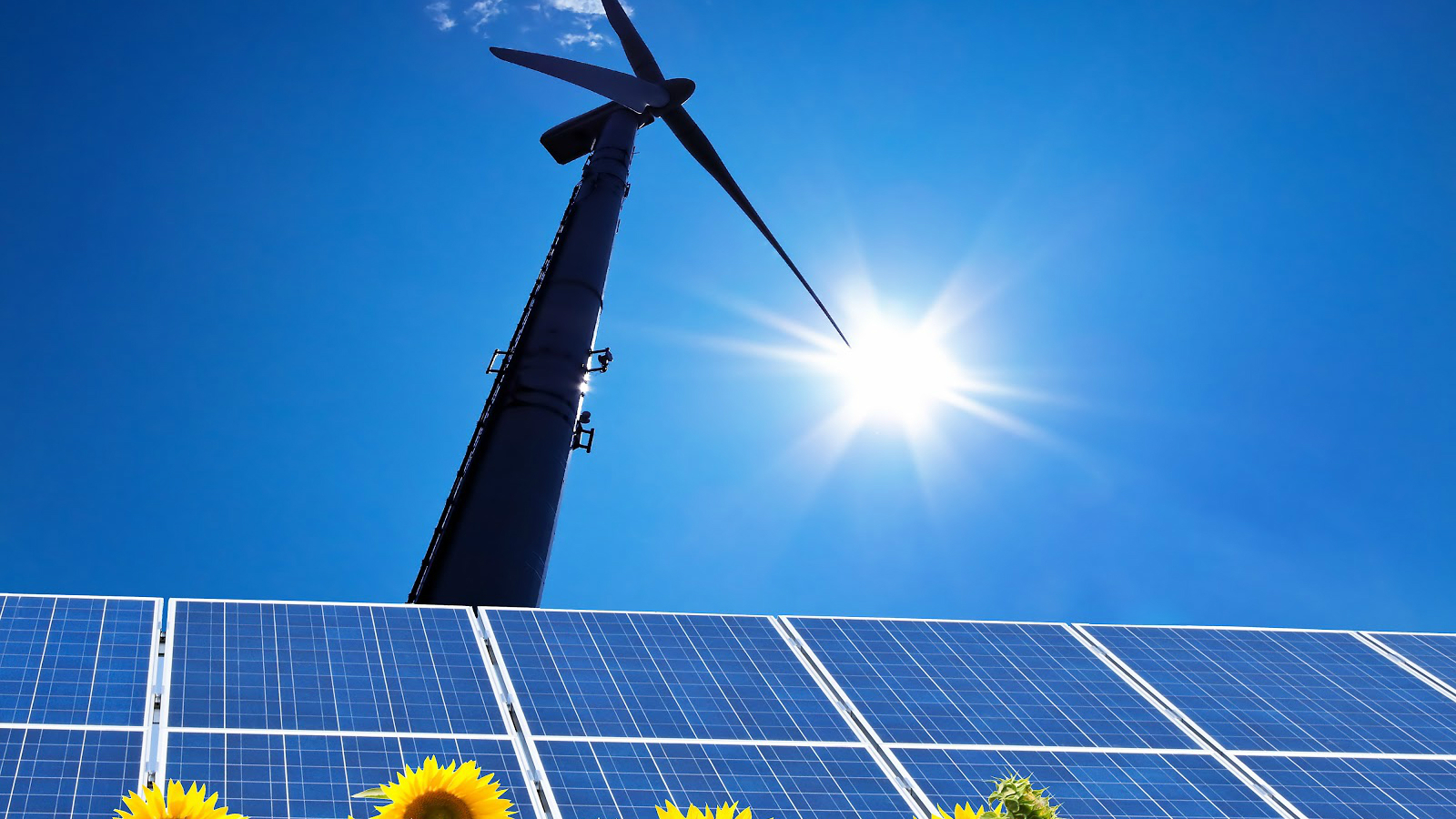Renewable energy
 The contemporary, industrialized, automated society is based on energy. Everything is set in motion with her help: from cars to space shuttles and from the vacuum cleaner to sea vessels. And with her help all these things are produced without which we could not carry out our daily activity. The industry is the largest consumer of energy and, at the same time, the one that determines the permanent search for new sources of energy.
The contemporary, industrialized, automated society is based on energy. Everything is set in motion with her help: from cars to space shuttles and from the vacuum cleaner to sea vessels. And with her help all these things are produced without which we could not carry out our daily activity. The industry is the largest consumer of energy and, at the same time, the one that determines the permanent search for new sources of energy.
Energy is therefore essential for the industrialized world we live in. The classic sources of energy - represented by fossil fuels (oil, natural gas, coal) - are becoming less and more expensive. Their consumption has also led to excessive pollution of the atmosphere, with dramatic effects in many cases.
All these aspects have contributed to the search for alternative, cheap, clean and renewable energy sources. Numerous such sources have been identified, such as wind energy, waterfall energy (hydraulics), gravitational energy (which is the potential energy in the gravitational field). All of these are currently being exploited, but they have the disadvantage that they cannot be applied anywhere. For example, wind energy can only be produced in the presence of the wind and at an intensity of more than 5.5 m / s, or 20 kilometers per hour. That is why wind turbines cannot be located anywhere and are not viable for domestic use.
Solar energy is the best alternative source of green energy. It can be captured with the help of solar cells. These cells, also called photovoltaic cells, convert sunlight directly into electricity. This process is called photovoltaic effect and involves the transformation of photons into voltage. Photovoltaic cells are generally combined in groups of 40, thus forming a photovoltaic module.
Solar energy - short story
 It all started in 1839, when the French physicist Edmund Bequerel discovered a new feature of certain materials: producing a small amount of electric current when exposed to light.
It all started in 1839, when the French physicist Edmund Bequerel discovered a new feature of certain materials: producing a small amount of electric current when exposed to light.
In 1883, an American inventor, Charles Fritts, describe the first solar cells made from selenium platelets. Starting from here, Albert Einstein launched in 1905 a work on this topic, in which he spoke about the nature of light and described the photoelectric effect on which photovoltaic technology is based, for which he received the Nobel Prize in 1922.
The first photovoltaic modules were built in 1954 by Bell Laboratories, but because of the high production costs, they were regarded only as mere curiosities. The potential of this new source of electricity has been identified by the space industry, which has begun to use photovoltaic modules to power electric shuttles and satellites in orbit.
The major investments made by these companies have led to the development of the technologies used and have thus led to a decrease in production costs. The 1970s, through the energy crisis, favored the extension of the use of solar energy in other fields, for domestic or industrial use.
Copyright © 2025 AMPERA Solar System - Solar Panels Craiova | All rights reserved.
For more enjoyable browsing, this website uses cookies . By continuing to browse, you agree to the use of cookies.



